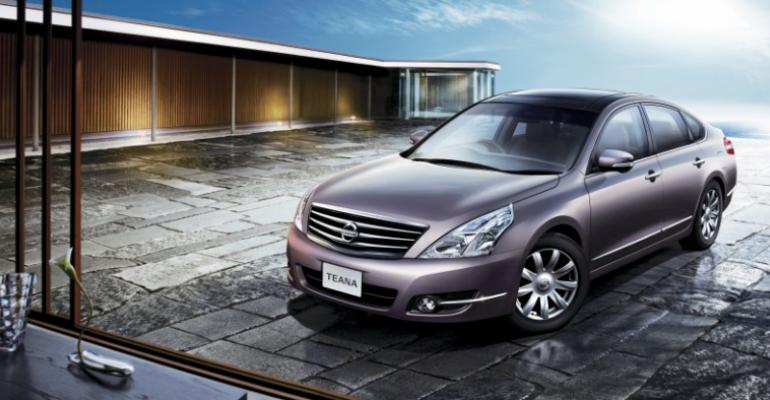Some auto makers in China will have more cause, others less, to celebrate Chinese New Year now in its third week.
While pessimists foresee automotive demand continuing to be weak and optimists expect a rebound, a new report from LMC Automotive pegs 2012 as a time of change and a key transitional year in the development of China’s auto industry.
“The old ‘three carriages’ of China’s economy – investment, export and consumption – are struggling to pull with as much force as they have in the previous decade,” says Marvin Zhu, a Shanghai-based industry analyst with LMC Automotive, a global automotive forecasting firm.
“Beijing is being forced to change the way it structures the economy and its development. We expect dependence on domestic demand to increase and decreased reliance on foreign demand.”
China has not been immune to the global downturn. This year’s gross domestic product growth likely will sink below 9% to its lowest level since 2001. Controlling inflation remains a top priority.
The easy sales and exuberant growth of recent years are gone. Pollution and congestion have become endemic in population centers as car ownership expands, increasing pressure on the central government to find remedies.
Development of China’s auto industry is moving from emphasis on volume toward long-term sustainability.
“Boosting sales at the cost of a polluted environment is no longer an option for the decision makers,” Zhu says. “Car makers are changing their way of thinking, and the market will diversify.”
The LMC Automotive report cites recent changes in taxation, fees and some regulations as indicators of the transition in policies that has begun.
Effective Jan. 1, for example, the annual vehicle tax will be based on engine displacement rather than a flat rate to improve fuel efficency and save energy. The tax on passenger vehicles below 2.0L will fall by up to 83%, while the tax on those with larger engines will increase as many as 14 times.
“Low-end small cars will benefit the most, and there will likely be more (research and development) and fuel-efficient turbocharged engines,” Zhu says.
New tax regulations will simplify the procedures and remove fees for buying and selling used cars; the intent is to speed up turnover in that market and stimulate new car sales as well. The new rules will eliminate the purchase tax on electric cars in a bid to help stimulate sales.
The responsibility for setting retail gasoline and diesel fuel prices will shift from the government to fuel companies, although the market will remain closed to foreign oil interests.
The Chinese government will make it more difficult to win approval of new automotive joint ventures, or to expand existing joint-venture capacity.
However, major JVs did win approval of expanded operations before the new restrictions took effect: Volkswagen will set up new factories in Ningbo and Xinjiang, while Nissan will add an Infiniti assembly plant in Dalian.
General Motors, Ford, PSA Peugeot Citroen, Hyundai, Honda, BMW and Toyota all plan to have new facilities ready for production before the end of the current year.
“The main battleground for global auto makers will move from compact to midsize cars,” Zhu predicts. “The combination of VW’s Passat and Magotan and that of Buick’s Regal are competitive enough to challenge the traditional segment leaders, the (Honda) Accord, (Toyota) Camry and (Nissan) Teana.
“And second-tier players, with models including the (Ford) Mondeo, (Hyundai) Sonata, (Kia) K5, (Citroen) C5 and (Peugeot) 508, are challenging first-tier players.”
The LMC Automotive report notes that Chinese national auto makers are adopting strategies and sales targets that have been de-emphasized by the leading car companies.
For example, Chery has reduced the number of new-product programs and begun focusing on the vital few current products. After a sluggish 2011, BYD is intent on improving quality and restructuring its sales network. Great Wall has lowered its sales target for 2015 to 1.3 million units from 1.8 million.
And profits now take precedence over sales for privately owned companies.
Zhu believes “it is highly possible that the market share of the Chinese brands will continue to decline in this transitional year. But sooner or later they will win it back if they stick to their revised strategies.
“Overall, we expect the Chinese light-vehicle market to grow 9% in 2012 to 19.7 million units. But, more importantly, this year will be one in which the long-term sustainability of the market will be defined.”





